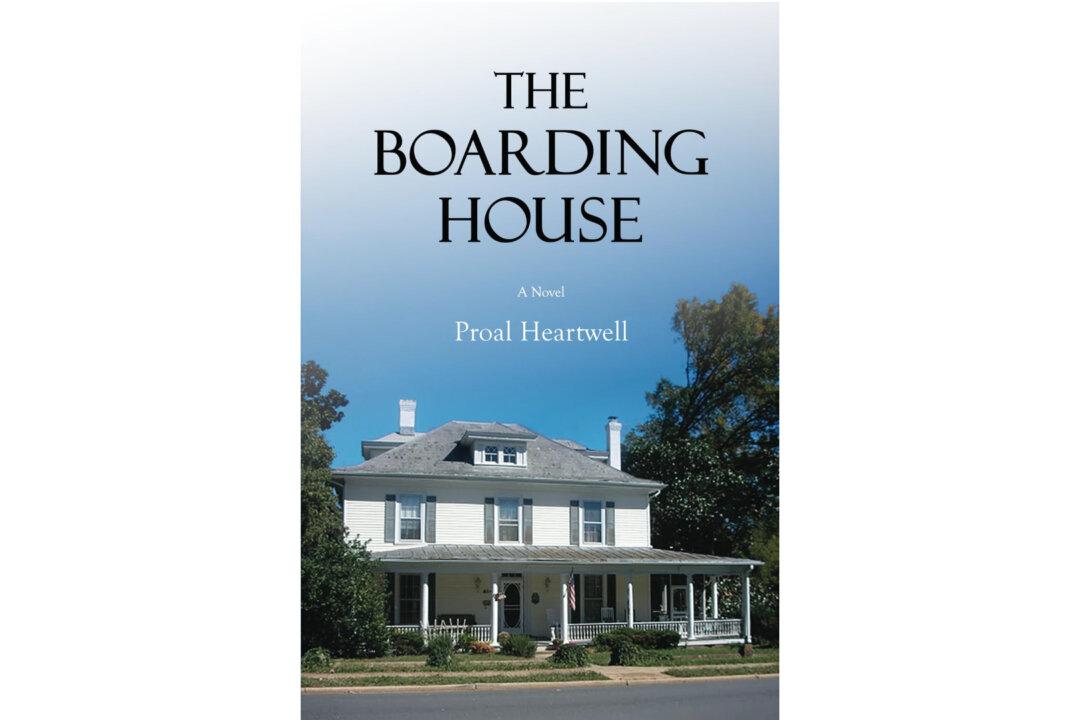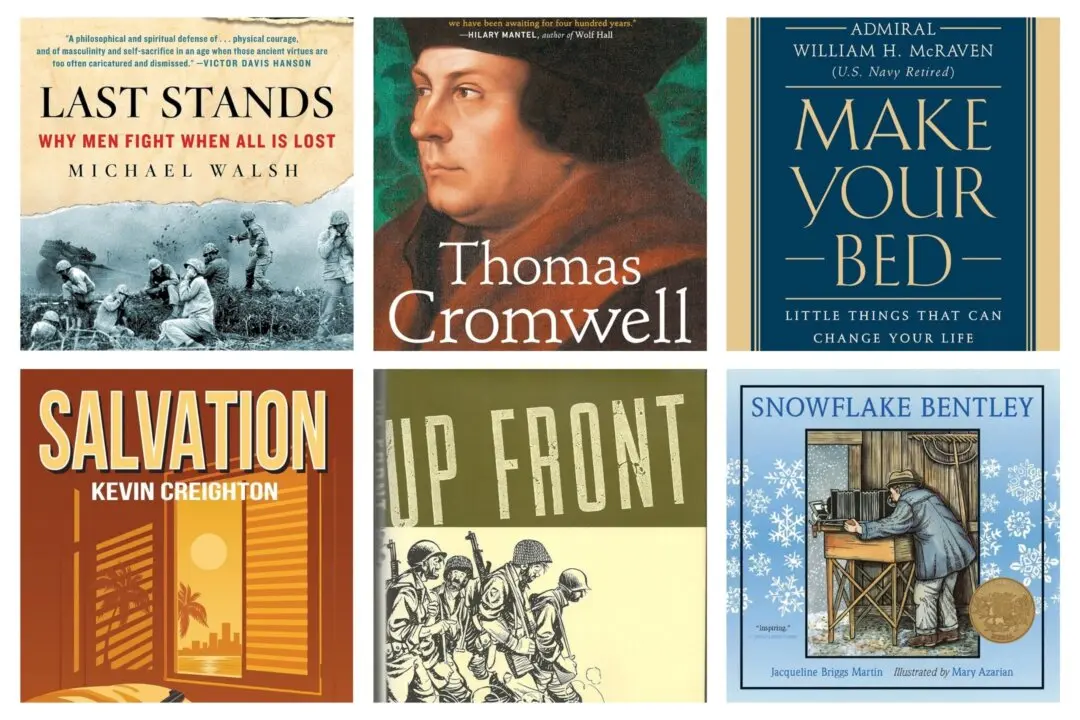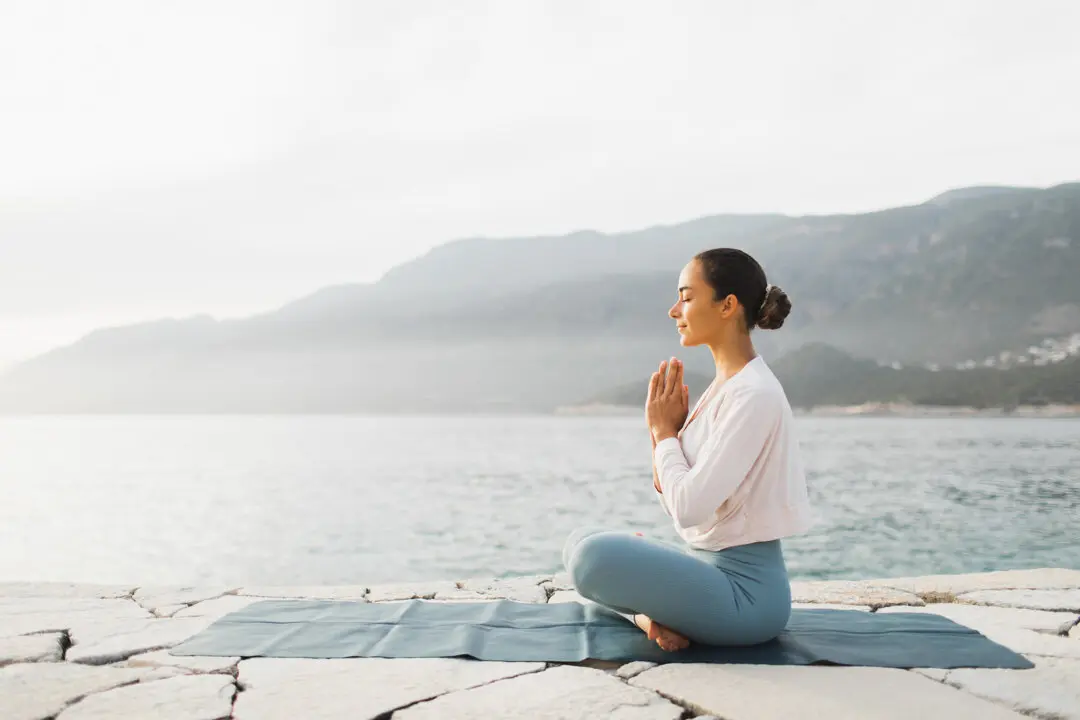Think of the Roaring ‘20s and most likely flappers dancing the Charleston bounce to mind. Figures like Zelda and Scott Fitzgerald, Cole Porter, Charles Lindbergh, Al Capone, and Babe Ruth made the headlines. Women bobbed their hair, shortened their skirts, and smoked cigarettes. Speakeasies and bootleggers supplied bathtub gin, whiskey, and beer. Movie stars like Douglas Fairbanks and Mary Pickford were the cat’s pajamas, and everybody wanted to own a car.
Hidden behind this iconography of hedonism and hubbub, however, were millions of other Americans, many of them still living on farms and in small towns. They went to work every day, knew their neighbors, got their news from the papers and newfangled radios. Their social lives revolved around community events and church.






